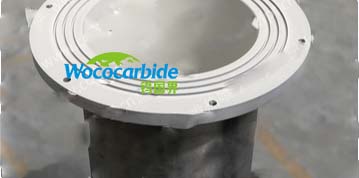

Thermal spraying is a generic term describing all methods of forming a coating from molten or semi-molten droplets. In thermal spraying, the material is delivered in powder, wire or rod form into a flame produced by a spray gun, where it is melted and the resulting droplets are accelerated to the substrate to be coated. The heat and kinetic energy of a flame can be generated by burning a mixture of gas and oxygen, or by using electrical power. According to the energy source, thermal spraying methods can be divided into plasma spraying method (atmospheric pressure plasma spraying method, vacuum plasma VPS method and low pressure plasma LPPS method), combustion flame spraying method (plasma spraying), high velocity oxygen/air-fuel method (ultra-high pressure plasma spraying method) Sonic spray tungsten carbide spray/HVAF method), electric arc method (wire arc method), detonation method (D-Gun method), and the latest cold gas method (CGS).

Since the coating is formed from flat, rapidly solidifying droplets, the velocity plays an important role in obtaining the density of the layered structured coating. Flame temperature has a strong effect on the appropriate spray material. Ceramic coatings are mainly prepared by atmospheric pressure plasma spraying, while temperature-sensitive materials such as cermets are more inclined to be sprayed by methods with lower flame temperature.
Thermally sprayed coatings are often used for better corrosion and wear resistance. Therefore, low porosity and good adhesion are desirable properties for coatings. High-velocity processes—especially high-velocity oxy-fuel spraying—are the method of choice for producing low-porosity, high-adhesion coatings.
Hot information

